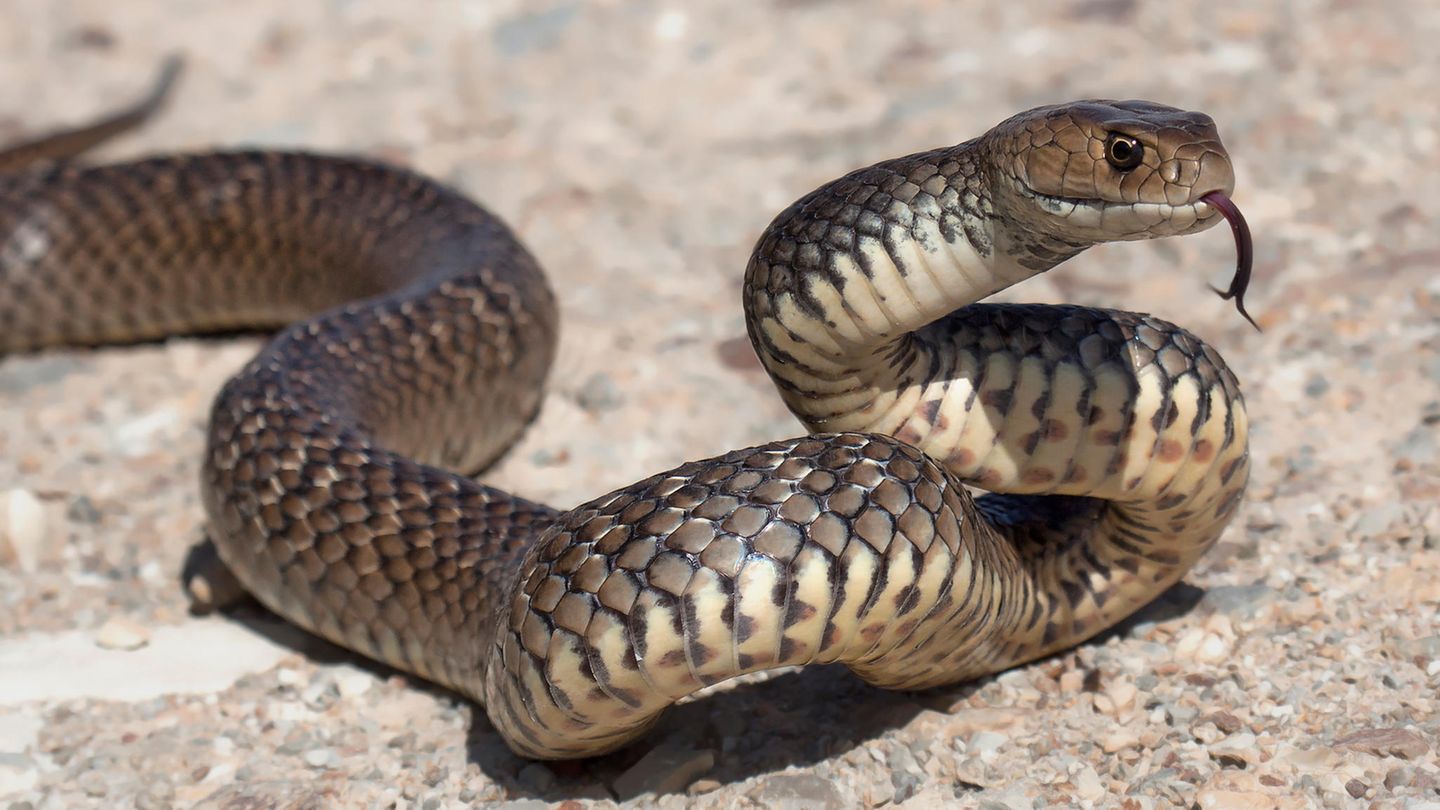A snake attacks a helpless animal and fights. “By chance” a person comes by and saves the victim. A staged rescue in which the animals are tortured. A rescue that users can do something about.
Youtube is teeming with false or staged videos. Particularly abnormal: videos staging animal rescues. For the short clips, the animals are exposed to unnatural and potentially fatal fights. The extent of the torture is gigantic. Animal rights activists and experts have been trying for a long time to put an end to the whole thing.
Around 500 hours of video material are uploaded to the platform every minute. An unbelievable amount of material that the employees of Youtube plus artificial intelligence should check for compliance with the community guidelines. And although YouTube has just adjusted these rules – animal cruelty is now explicitly forbidden on the video platform – there are still videos of presumed animal rescues circulating there.
How the animals have to suffer for the videos presented
It is always the same situation: a supposedly malicious animal – mostly carnivorous animals like eagles or snakes – attack helpless victims – mostly cute animals like cats and dogs, but also monkeys or lizards. The victims fight bitterly to survive in a muddy hole or on a dry sandy soil surrounded by plants. It intervenes; the human rescuer – often accompanied by dramatic music, someone seems to appear by accident – shortly before the fatal turn of the fight – into the picture, frees the victim from the attacker and carries one of the two animals away.
What is supposed to have happened in reality is often posed and associated with great agony for the animals. In order to film the supposed rescue scene, the animals are specially bred or captured. As “National Geographic” describes, one could for example recognize by abrasions on the scales and scars on the snouts’ snouts that the animals were kept in cages.
The artificially induced fights stress the animals and cause them injuries that they would probably never have suffered in the wild. Many of the animals are weak and, according to experts who National Geographic spoke to, no longer defend themselves against what is happening. Likewise, the same animals are often used for different combat videos, which can be recognized, for example, by the individual coloring of snake scales or fur colors.
What makes people do this to animals?
This question is easy to answer: The cause of animal suffering is money. Setting up a YouTube channel and posting videos is quick and free. What it then still takes to earn money with the videos on the platform is either a sponsor – very unrealistic with such content – or there are very, very many viewers. If you want to be included in a YouTube partner program where you can earn money through advertisements, you have to have several thousand subscribers and, according to “National Geographic”, have provided at least 4000 hours of viewing time in the past year. According to social media expert Jason Urgo, with whom National Geographic spoke, “a post that is viewed millions of times on Youtube has the potential to make thousands of dollars for the author.”
The fake animal rescue videos get clicked a lot. Many have millions of views – and the numbers are increasing. Tim Kasser, professor of psychology at Knox College in Illinois, explains in National Geographic which two types of people watch the excruciating videos: On the one hand, there are those who are attracted by the touching scenes in which cute animals live would be saved. On the other hand, those who enjoy watching animals get involved in fights and get into trouble.
Unfortunately, it is not easy to put an end to the creators of the videos. According to research, the origin of many videos can be located in Asia, for example in Cambodia or Vietnam. However, pinpointing the exact location is difficult, making it difficult for animal rights organizations to locate the perpetrators.
How to spot the wrong videos
According to “National Geographic”, the staged rescue videos often resemble a similar scheme: They are on average five minutes long and show an attacking animal and its victims, whose fight is ended by a human. The videos are often accompanied by dramatic music. The fight scene is often preceded by long observation sequences. As DJ Schubert, wildlife biologist at the Animal Welfare Institute in Washington DC, conjectured to National Geographic, the aim was to imitate the style of nature documentaries.
Another indication, according to Schubert, are the different camera settings in the videos and the large number of similar videos on a single channel. Recording battle scenes in the wild takes countless hours for nature photographers and filmmakers. Videos that would have been filmed in an animal-conscious manner would not be produced in this mass at short intervals.
If you look closely, you can see injuries on the body of some animals even before the fight, which could indicate that the animal has already had several video recordings behind it. The animals in the videos often appear sickly and are weak. Many birds of prey have clipped wings, which testifies to their life in captivity and prevents them from flying away. On the basis of individual facial patterns of snakes or possible injuries and scars, one can try to determine whether an animal is still used in other videos.
According to “National Geographic” one should also pay attention if the attacking animal does not defend itself or does not try to escape if it is picked up and carried away by the human rescuer at the end of the video. According to experts, a python is not just lying around on the floor inside after it has just tried to attack an animal. If the fight scene takes place in an environment in which the animal does not normally live, this could also indicate that it is staged. The same applies to nocturnal animals that now hunt in front of a video camera in broad daylight.
What you can do as a user against false animal rescue videos
There are not many options as a user: to take action against the animal rescue videos staged by YouTube. You can try this anyway:
- Report videos and profiles and draw attention to the violation of the community guidelines – several times if necessary
- Don’t share videos
- Do not open videos that have been forwarded to a friend or acquaintance and inform the other people about the cruelty to animals – report the video together
- Report videos shared on other social networks
- Block profiles that have uploaded staged animal rescue videos
- educate other people about the problem
Following the example of “National Geographic”, the star decided against naming the channels, linking videos or sharing screenshots in order to prevent the number of clicks on the videos from increasing further.
David William is a talented author who has made a name for himself in the world of writing. He is a professional author who writes on a wide range of topics, from general interest to opinion news. David is currently working as a writer at 24 hours worlds where he brings his unique perspective and in-depth research to his articles, making them both informative and engaging.




